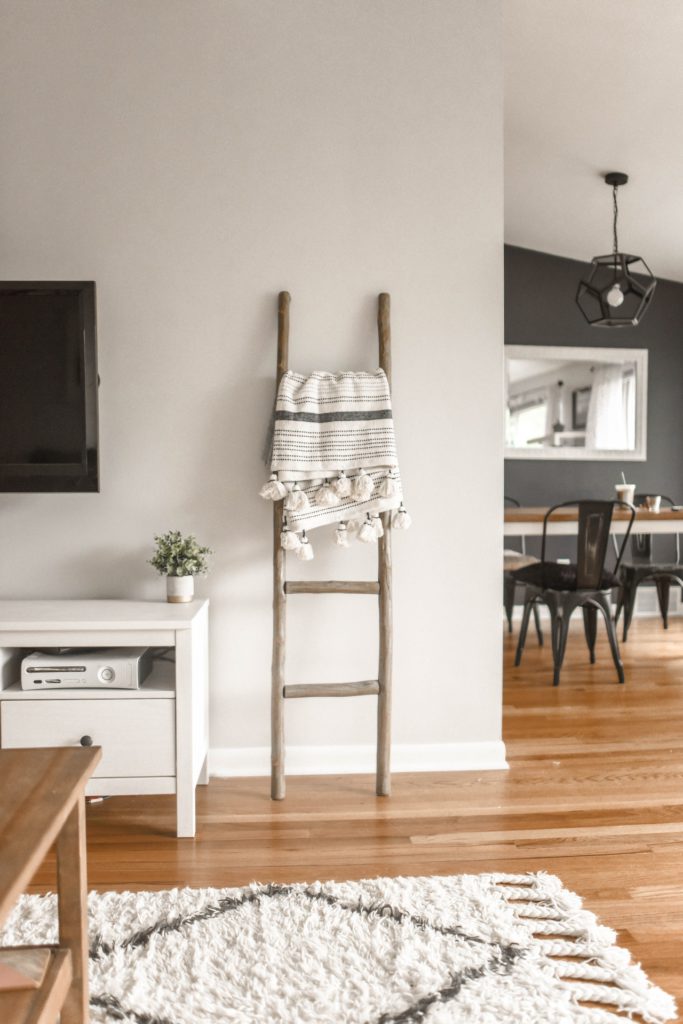
Slowing down and focusing on the little things is finally coming back into fashion. We’re beginning to reject the hustle culture and try to appreciate the littler things in life, getting out in nature, baking the bread, spending time with our families. This shift in attitude is spreading into other aspects of our lives. People are looking to grow their own vegetables and make their own butter.

We’re craving a simpler and more wholesome existence – one previously thought to be left in a forgotten past. One of the big positives to come from this shift is the return of restorations and things being made to last. The industrial age has seen society develop some very wasteful habits in which material items are made to be replaced and upgraded at regular intervals. So much so, it’s now often cheaper to replace an item than it is to repair it. One of the few good things to come from the climate emergency combined with the global pandemic and the looming recession is people’s motivation to start taking care of the items they possess and looking to buy quality over quantity. While this can be seen across many of the ‘things’ we consume, it is perhaps most prevalent when looking at our homes.
It’s suggested it was in the daze of the 50’s and the land of bored housewives that started the trend of a regular interior redesign. This trend continued to grow in the following decades with intervals of the simple wallpaper change through to a full house remodel. It was simply the latest way to display wealth and demonstrate good taste.
It was this continuous and disposable attitude that likely contributed to the overall decline in quality we still see today. Due to the constant upgrades, items no longer needed to last a lifetime or withstand the test of time, it was much more prudent to be competitive with pricing. So down came the prices, and with it, the durability. Suddenly a knock down rebuild was altogether affordable and places like Wollert display homes were busier than ever.
Timber has always played a large part in the construction game and an equally big part in our furniture. As we move into a space that opts out of misuse followed by replacement, we see a rise in DIY skills once again.
Thank goodness for YouTube. We’re seeing the younger generations taking more pride in the standard of their home and making efforts to keep it as sustainable as possible. There are many ways to keep our homes in good shape and out of disrepair, but arguably the most important is the maintenance of the timber within it. There are many ways in which the timber within your home can deteriorate, each of them preventable with adequate care. For example:
Dry Rot
Of the 2 main types of rot, dry rot is the more easily discovered. Generally characterised by a musty smell, this type of rot is indicative of the moisture consuming the wood. There may also be a powdery substance or visible strands of fungi on the wood.
Wet Rot
Wet rot is arguably the more dangerous of the two due to its ability to go unnoticed. Rather than a visible mark upon the wood, this type generally leads to a loss in strength. When touched, it is likely to be of a spongy consistency and will feel moist or damp.
Woodworm
Lastly, untreated or poorly cared for wood is much more susceptible to woodworm. Contrary to the name, this insect is not actually a worm, nor does it resemble one. It is instead a beetle like creature that will burrow holes in the timber of your home. If you find yourself infested, it is best to call a professional exterminator as soon as possible.
Thankfully, each of these maladies are easily avoided by simply regularly treating your exposed wood and adopting simple behaviours to enhance the structure of your home. Ensuring adequate heat and ventilation will promote timber health and regular treating of any wood will do the rest.
The frequency and importance of treating your timber will largely come down to where in your home it is located. Internal walls are generally unlikely to be exposed to the elements and therefore aren’t as susceptible to damp. These areas should be tested/checked every 5-10 years depending on climate and treated as required. Your bigger areas for concern are those located externally in the home or outside. Each will have slightly different requirements based on wood type and materials you’re using.
Timber Floorboards and Features
It is very popular for the interior of our homes to include timber. The most common example being the humble floorboard. It also appears to be coming back into fashion to include wooden features such as panelling along the roof.
If you have, or are considering installing either of these yourself, it’s important to ensure you know how to maintain and protect the relevant timber. Investing in a quality wooden floor cleaner and being quick to repair any damage will ensure the longevity of your product. You may even want to get creative and do some DIY whitewash floorboards.
Decking
Generally speaking, your deck will be calling out for your best decking oil every 6-12 months in order to look its healthiest. You should also invest in a high-quality treatment or similar best product for deck protection at least once every three years.
This can vary based on the climate where you live (damper areas will require sealing more regularly) and the amount of foot traffic it will see (the more use, the more protection required)
Gates and Fences
As gates and fences are less likely to be undercover and are generally located away from the protection and heat of the home, these will require more regular upkeep. It is recommended that both are sealed with water resistant oil once a year.
Rot is definitely still a concern with these parts of your home, but you also run the risk of them absorbing water and becoming warped in shape. It is also recommended that you apply a coat of paint or a wood stain every two to three years. This will not only ensure your gates and fences are looking their best but will also add a layer of protection.

